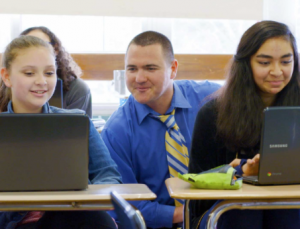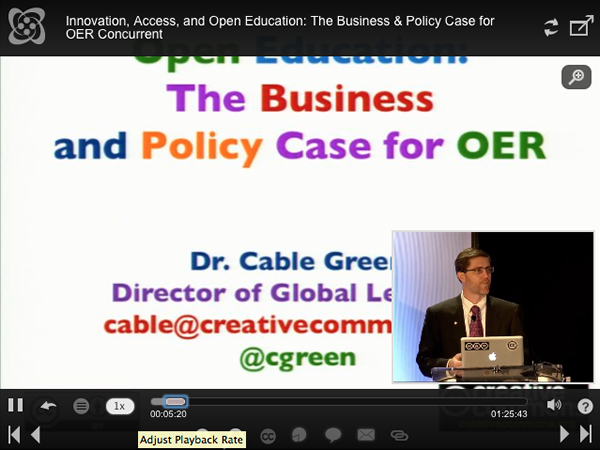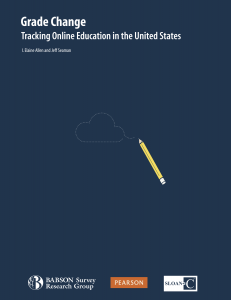 “Classroom is a new, free tool coming to Google Apps for Education that helps teachers easily and quickly create and organize assignments, provide feedback, and communicate with their classes” (Source). “Classroom weaves together Google Docs, Drive and Gmail to help teachers create and organize assignments quickly, provide feedback efficiently, and communicate with their classes with ease…it lets students organize their work, complete and turn it in, and communicate directly with their teachers and peers” (Source).
“Classroom is a new, free tool coming to Google Apps for Education that helps teachers easily and quickly create and organize assignments, provide feedback, and communicate with their classes” (Source). “Classroom weaves together Google Docs, Drive and Gmail to help teachers create and organize assignments quickly, provide feedback efficiently, and communicate with their classes with ease…it lets students organize their work, complete and turn it in, and communicate directly with their teachers and peers” (Source).
The following video highlights the experiences of some of the teachers and students who provided feedback as Google developed Classroom.
Benefits for Classes
Easy to Set up
Teachers can add students directly or share a code with their class to join. It takes just minutes to set up.
Saves Time
The simple, paperless assignment workflow allows teachers to create, review, and grade assignments quickly, all in one place.
Improves Organization
Students can see all of their assignments on an assignments page, and all class materials are automatically filed into folders in Google Drive.
Enhances Communication
Classroom allows teachers to send announcements and questions instantly. Since students can post to the stream, they can help out their classmates.
Affordable and Secure
Like the rest of our Google Apps for Education services, Classroom contains no ads, never uses your content or student data for advertising purposes, and is free for schools.
For more info or to request an invite to Google Classroom, visit http://www.google.com/edu/classroom
While I agree with Joshua Kim that this announcement by Google focused on K-12 education has little direct impact immediately on higher education, providing an increasing number of elementary and secondary students access to LMS-type technologies has the potential to further grow the expectations of students when they arrive at the postsecondary level for faculty to effectively make use of online technologies in their teaching. And, any additional competition in the online educational technology space will only help spur future innovation.
What is your response to this latest announcement by Google? Are you planning on requesting an invite? Will there be interest by teachers at your school to try Google Classroom? Leave a comment with your thoughts!


 This is the 11th annual report on the state of online learning in U.S. higher education from the Babson Survey Research Group, Pearson and the Sloan Consortium:
This is the 11th annual report on the state of online learning in U.S. higher education from the Babson Survey Research Group, Pearson and the Sloan Consortium:
